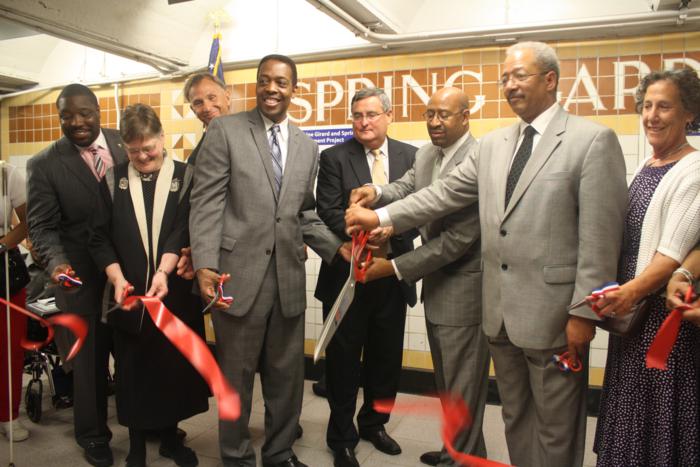By spring 2014, Philadelphia could be one of the first U.S. cities with technology that allows riders to pay for public transportation by tapping their smartphones or credit or debit cards on a specially-equipped turnstile.
The update on SEPTA’s long-discussed ‘new payment technology’ came alongside the transit agency’s first fare increase since 2010.
Like transit systems familiar to travelers in other big cities, the system would feature refillable cards, but SEPTA will also feature the option to use bank account-linked smartphone apps to pay, according to a press release.
That’s after a long start and stop process to update the decades old token system for its subways, trolleys and buses. For those of you city transit riders, you’ll be happy to know you’ll be able to charge your account at all SEPTA stops, a big change considering how few stops have token machines today.
Locals may notice the similarities between this and the E-ZPass system used in several East Coast states, which boasts cutting down on road congestion since its creation in 1991. SEPTA hopes for the same effect in managing the flow of pedestrian traffic: the new turnstiles will be simple to use, and as a bonus, lost or stolen cards will be easier to replace at no cost.
Because the majority of passes are already sold via machine, SEPTA officials maintain that the change over won’t cause any layoffs. For customers who prefer not to link a personal account with SEPTA’s system, refillable cards will be available, but paper tickets and tokens will be phased out over the next few years.
SEPTA plans to unfurl this new system in stages, including two trials to identify potential problems early on.
- Beginning this summer, as new fare hikes take into effect, SEPTA will start a 30 day field test involving employees of SEPTA and system designer Xerox, a company with a long history of innovation and recent interest in cloud technical solutions to old problems (and a CEO with interest in impact).
- Another month-long pilot program will be conducted during the fall with a small number of actual SEPTA customers selected to try out the new equipment in limited locations.
- If all goes as expected, the general public will begin to use the system during the winter, when SEPTA replaces half of the subway turnstiles with smart-card equipment to allow riders to make an easy transition from the older technology.
- By spring 2014, 386 smart-card equipped turnstiles and 121 handicapped-accessible gates will be installed in subway stations, and 1,852 readers will be added to on buses and trolleys. The system is planned to be in full swing by summer.
The new smart-card system will be set up to handle transfers, aiming to make transit a breeze for the city’s thousands of commuters. Under the new system, students at campuses like the University of the Sciences who use a combination of regional rail, subways and trolleys to make it to class will be able to continue taking advantage of the lower transfer fare.
Other U.S. cities are drafting plans for similar systems, but this timeline places Philadelphia at the forefront of public transportation technology. We’re looking forward to experiencing the smart-card innovations, and have faith that SEPTA will be able to meet its goal of decreasing the stress often associated with urban transit.







